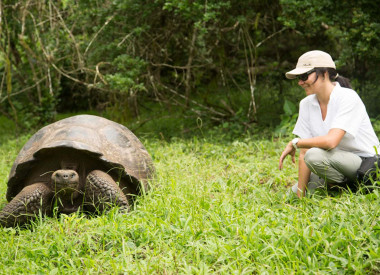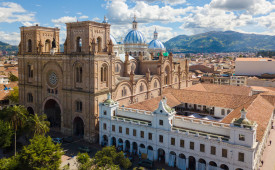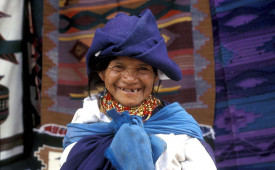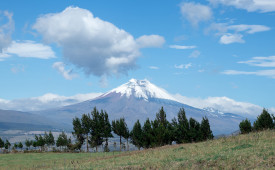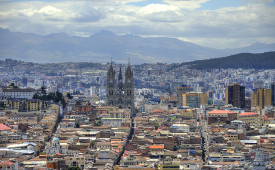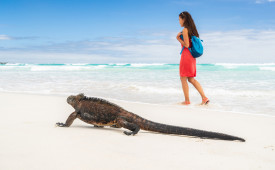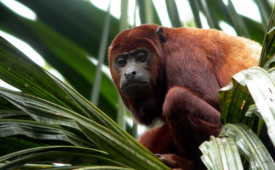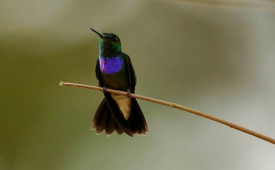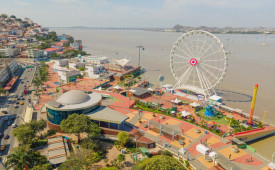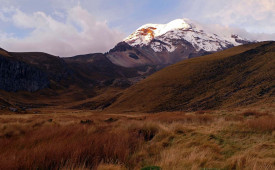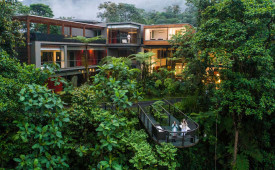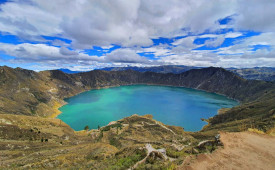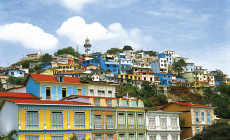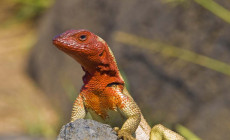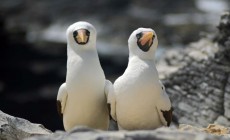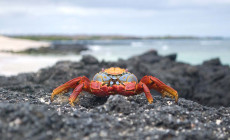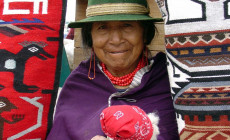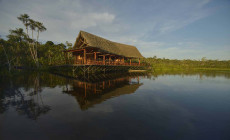-
Latin America
Latin America
- Countries (hidden space)
- Galapagos & Ecuador
- Guatemala
- Mexico
- Panama
- Peru
- Popular Attractions
- Machu Picchu
- Inca Trail
- Easter Island
- Galapagos Islands
- Patagonia
- Rio de Janeiro
- Iguazu Falls
-
Africa
Africa
- Spacer Africa
- South Africa
- Zimbabwe
- Popular Attractions
- Cape Town
- Okavango Delta
- Sossusvlei Dunes
- Victoria Falls
- The Kruger
- The Garden Route
- Masai Mara
-
Asia & Middle East
Asia & Middle East
- Asia
- Borneo (Malaysia)
- Cambodia
- India
- Japan
- Middle East
- Jordan
- Spacer Asia
- Laos
- Sri Lanka
- Uzbekistan
- Vietnam
- Popular Attractions
- Taj Mahal
- Lion Rock (Sigiriya)
- Angkor Wat
- Ha Long Bay
- Kyoto
- Petra
-
Destinations
- Latin America
- Argentina
- Bolivia
- Brazil
- Chile
- Colombia
- Costa Rica
- Galapagos & Ecuador
- Guatemala
- Mexico
- Panama
- Peru
- Asia
- Borneo (Malaysia)
- Cambodia
- India
- Japan
- Laos
- Sri Lanka
- Uzbekistan
- Vietnam
- Middle East
- Jordan
- Southern & East Africa
- Botswana
- Kenya
- Namibia
- South Africa
- Zimbabwe
- Contact Us
-
About
About
Llama Travel provides high quality holidays at the lowest possible prices.
99% recommend us Lower prices - guaranteed Financially protected by ATOL
Galapagos & Ecuador
Visiting Ecuador gives you an outstanding opportunity to combine the beauty of the Andes with the amazing nature of the Galapagos and the Amazon. The Galapagos Islands are famous as the islands that led to the Theory of Evolution. Today, visiting the islands and swimming in the surrounding waters, you can see the same wildlife that Charles Darwin saw on the Beagle in the 19th Century.
History
Although there have been visitors to the Galapagos Islands for many centuries (there are even signs of pre-Hispanic pottery on the islands), permanent inhabitation only started in the 20th century. Prior to this, visitors included sailors blown off course, pirates and whalers. The island’s most famous visitor, Charles Darwin, visited in 1835 as part of a 5-year voyage around the world, and other scientists has since followed. European colonists arrived in the early 20th Century, and the US set up a military based on Baltra in the Second World War to protect the Panama Canal. Organised tourism began in the 1960s with regular flights to the islands.
Ecuador's history mirrors the diversity of its landscape. Like in many Latin American countries, influences of Spanish colonialism and pre-Columbian traditions can be seen in its culture and architecture. Hunter-gatherer communities can be traced back as far as 10,000 BC, as they developed trade routes with Peru, Brazil and Amazonian tribes, with cities being established around 500 BC. When the Incas invaded from the south in the 15th century, there were three major tribes in Ecuador: the Cañari, the Quitu, and the Caras. The Incas established a vast empire and built monumental cities and stone-paved roads, and conquered much of the country whilst indoctrinating Quechua, a language which is still widely spoken in the Andes. In the early 1500s, Francisco Pizarro arrived and soon managed to conquer the Incas. The Spanish introduced Catholicism, colonial architecture and their language, ruling for nearly 300 years. In 1822, the well-known liberator Simon Bolívar defeated the Spanish army at the Battle of Pichincha, and independence was won as part of Gran Colombia which lasted eight years. A long period of conflict and instability followed, with warfare between the liberals and conservatives. Ecuador returned to democracy in 1979.
Flora & Fauna
As there are no natural predators on the islands, the wildlife is not afraid of humans. This way, you have the opportunity to observe different land and marine creatures, as well as birds, at incredibly close quarters. Some of the wildlife you are likely to see on the Galapagos Islands include frigate birds, Galapagos penguins, sea lions, flightless cormorants, turtles, giant tortoises, land and marine iguanas, dolphins, sharks and three species of booby. Click here to learn more about the wildlife on the islands.
There are more bird species per square mile in Ecuador than in any other country on the continent. The cloud forest is a birdwatcher’s paradise, with 330 species of birds in the Tandayapa Valley, where Bellavista is located. The Andean cock-of-the-rock is among many of the birds spotted in this region. In the Amazon, numerous wildlife can be seen on boat trips and rainforest walks, such as monkeys, sloths, caimans and pink river dolphins. Wildlife is harder to spot in the Andes although the mountains are home to llamas, vicuñas, alpacas, spectacled bears, foxes and the iconic Andean condor.
Geography
The islands themselves are volcanic, and each is unique. As the islands were never connected to the mainland, the animals that made it to the Galapagos Islands were completely isolated. The islands are located 1,000km west of the mainland, almost exactly on the equator. The main activities on the island are tourism and fishing, and there is sometimes friction between the two activities. There are approximately 16,000 inhabitants on the different islands, living in 8 main towns.
Despite being one of the smallest countries in the continent, mainland Ecuador is incredibly varied and full of natural formations. It can be divided into three different types of terrain: the central highlands (La Sierra), the Amazon region (Oriente) and the coast. The equator runs through the centre of Ecuador (hence its name) and the Andes run the full length of the mainland, with snow-capped volcanoes and several peaks over 5,000 metres. The coastal region extends from the Andes to the Pacific, and is made up of fertile plains and stunning valleys. The Amazon region lies in the eastern part of Ecuador, extending into Brazil and Peru. Like much of the rainforest, this area is incredibly sparsely populated and is made up of several parks and reserves which were created to protect the ecosystem.
Cities in Ecuador
The largest concentration of Ecuadorians are found in the two largest cities: the commercial heart of Guayaquil and the capital city of Quito.
Quito is the starting point for many trips to the mainland and the Galapagos Islands. The city is divided into the colonial old town and the modern new town. Quito is renowned for having one of the least altered and best-preserved historic centres in Latin America, according to UNESCO. Some of Quito’s main attractions include the Plaza de la Independencia, La Compañia church, Panecillo hill, San Francisco monastery, La Ronda street and the equatorial Mitad del Mundo monument on the outskirts of the city.
Known as the ‘Pearl of the Pacific’, Guayaquil is the country’s main port, handling exports such as bananas, shrimp, cocoa and coffee. The city is made up of the riverfront promenade and a hill lined with colourful houses and cafes, with 444 steps leading up to Santa Ana where you can find the old lighthouse, chapel and panoramic views. There is also Parque Bolivar, where metre-long iguanas roam around.
300 miles south of Quito, Cuenca is a colonial city full of squares, museums, churches and two cathedrals on the main square. Cuenca is also one of Ecuador’s primary centres for the panama hat industry, and the factory shops can be visited on a guided tour. Situated just outside of Cuenca, Cajas National Park is an area of stunning mountain wilderness, with over 700 lakes at high altitude.
Popular Attractions
Amazon Rainforest
You can visit some of the Amazon rainforest’s best-preserved areas in Ecuador, with a series of excursions such as jungle walks, canoe trips and visiting local communities. There are a range of lodges to stay at, all located on tributaries of the Napo River.
Cloud Forest
The cloud forest near Quito contains an incredible variety of flora and fauna such as bromeliads, orchids, hummingbirds, toucans and monkeys. Activities here include guided nature walks, cable cars and a sky bike where you can pedal along a cable suspended above the treetops.
Otavalo
The road from Quito to Otavalo goes past soaring volcanoes and plantations of roses which are exported internationally. The town itself is home to South America’s largest indigenous market, with stalls spilling out from the Plaza de Ponchos selling a range of artisan goods, crafts, animals and agricultural produce. Just outside Otavalo, Cuicocha is a beautiful lake in an extinct volcanic crater.
Avenue of the Volcanoes
Running from Quito to Riobamba, Ecuador’s central valley is known as the Avenue of the Volcanoes, and is characterised by its impressive volcanoes, indigenous markets and classic Andean scenery. The summit of Chimborazo, Ecuador’s tallest mountain, is actually the furthest point from the centre of the earth.
Ingapirca
Located between Alausí and Cuenca, Ingapirca is Ecuador’s most important archaeological site, dating back to the 15th century when it was occupied by the Incas who built over the existing Cañari site.
The unique wildlife and fascinating history of the Galapagos Islands is not to be missed. However, the islands are just part of a trip to Ecuador. Read our blog to find out what you can discover on the mainland.

